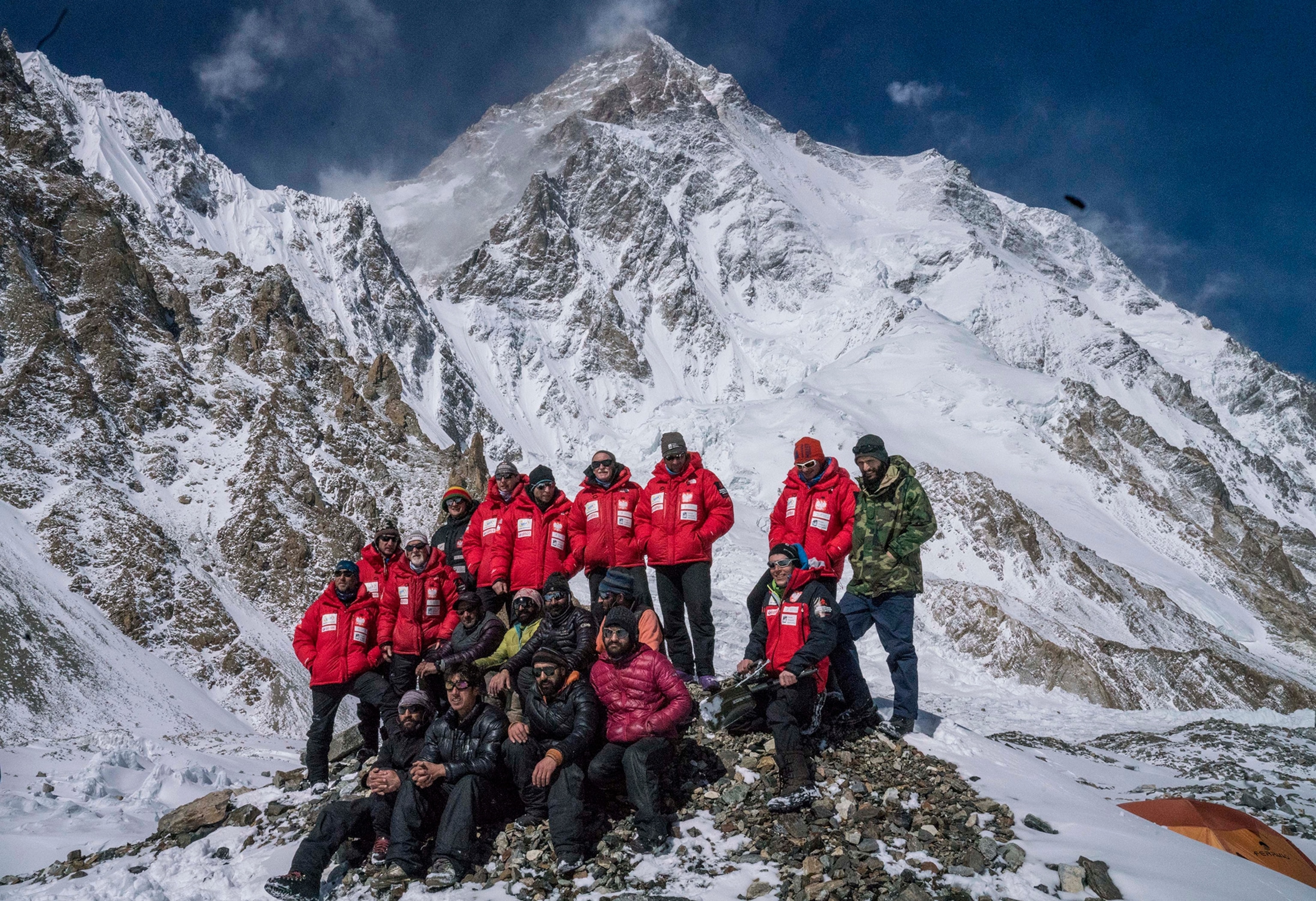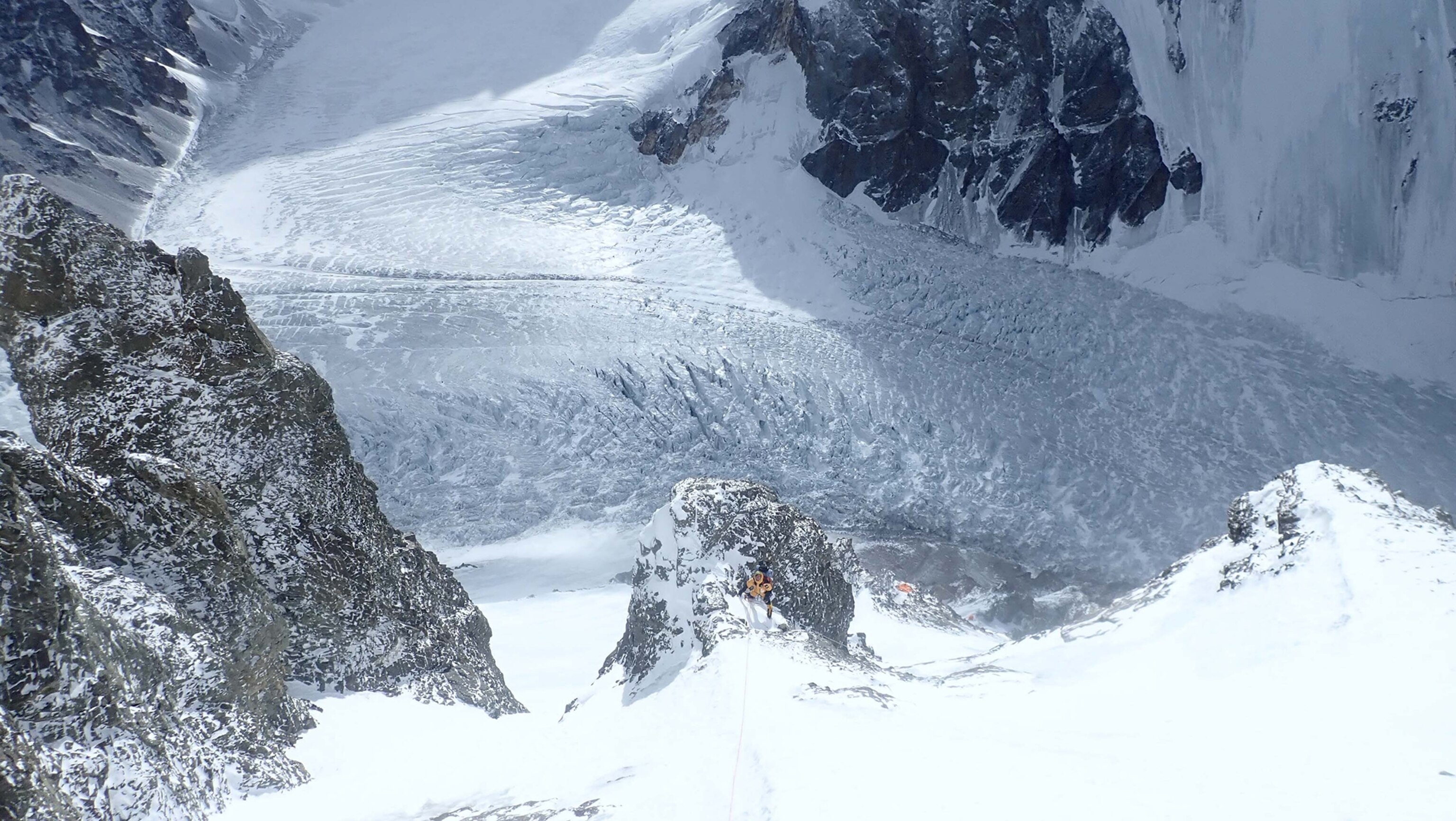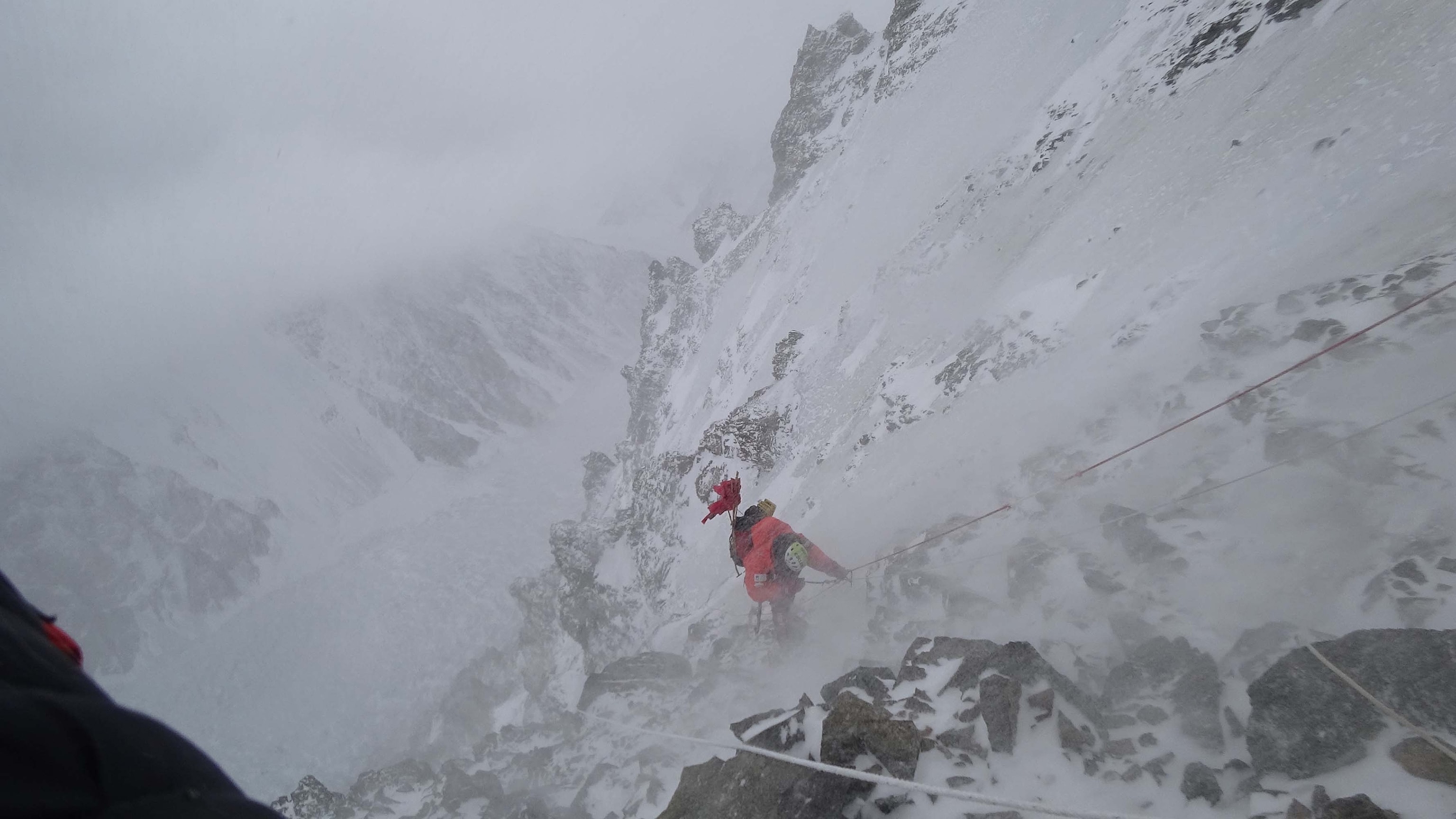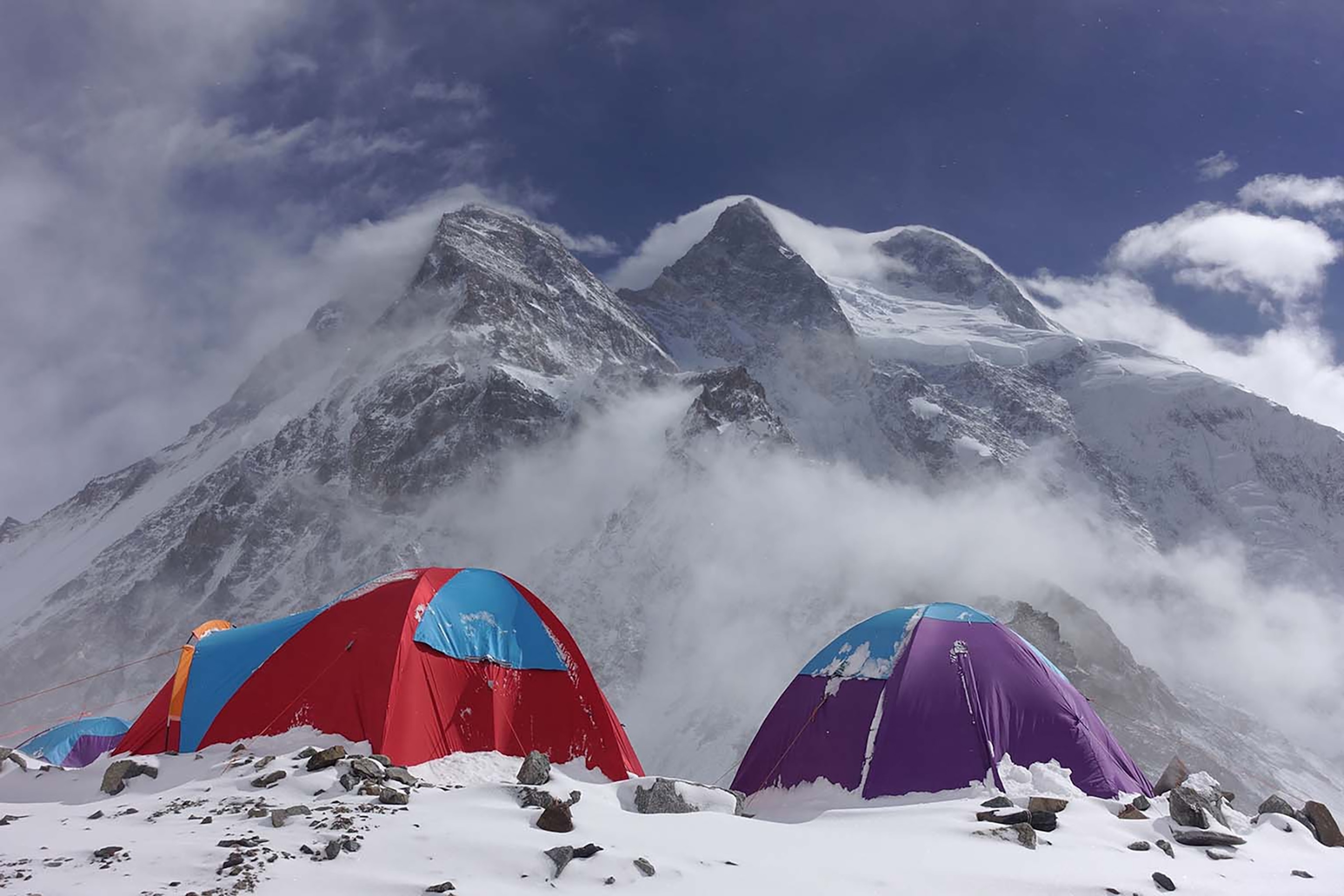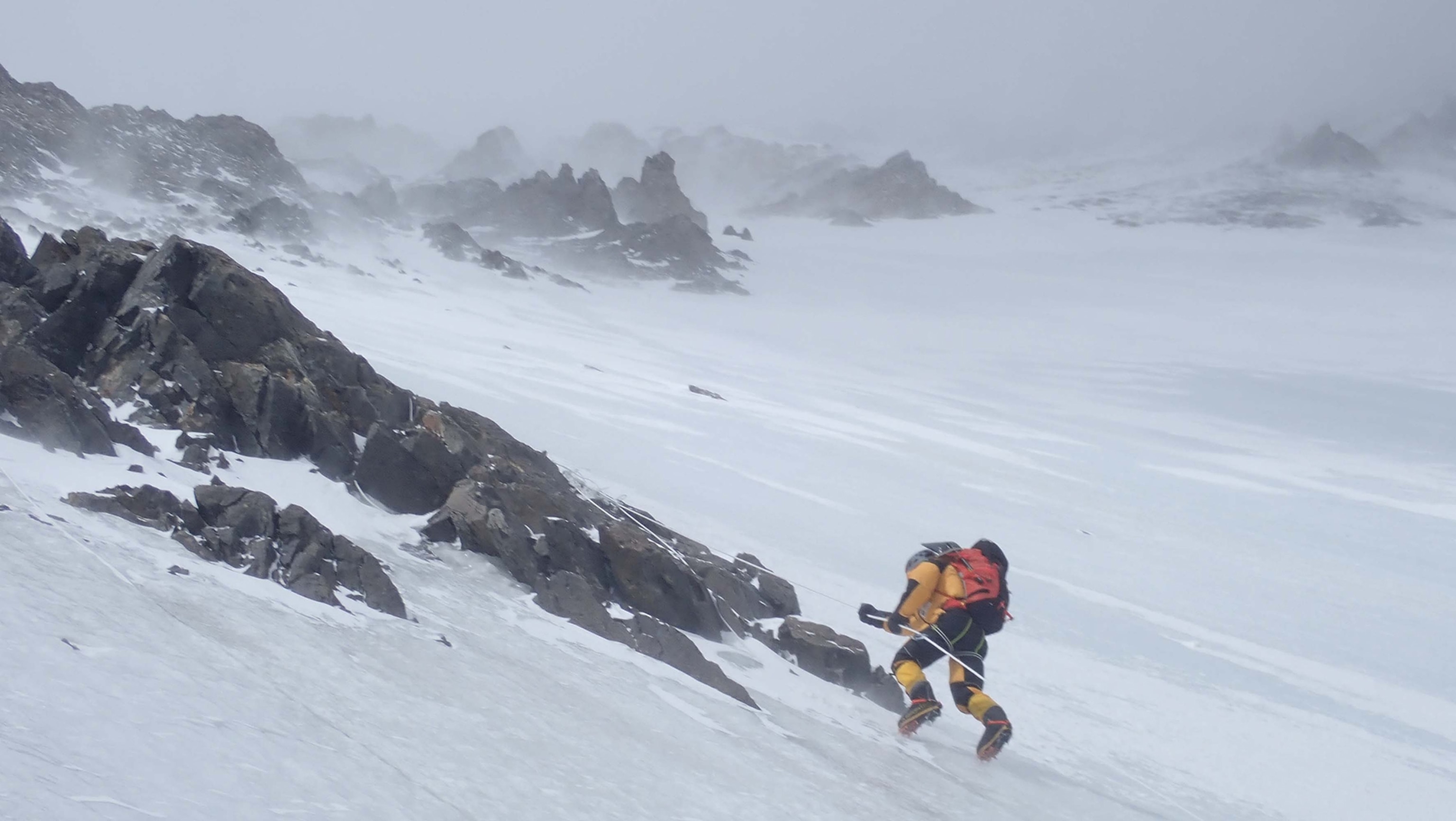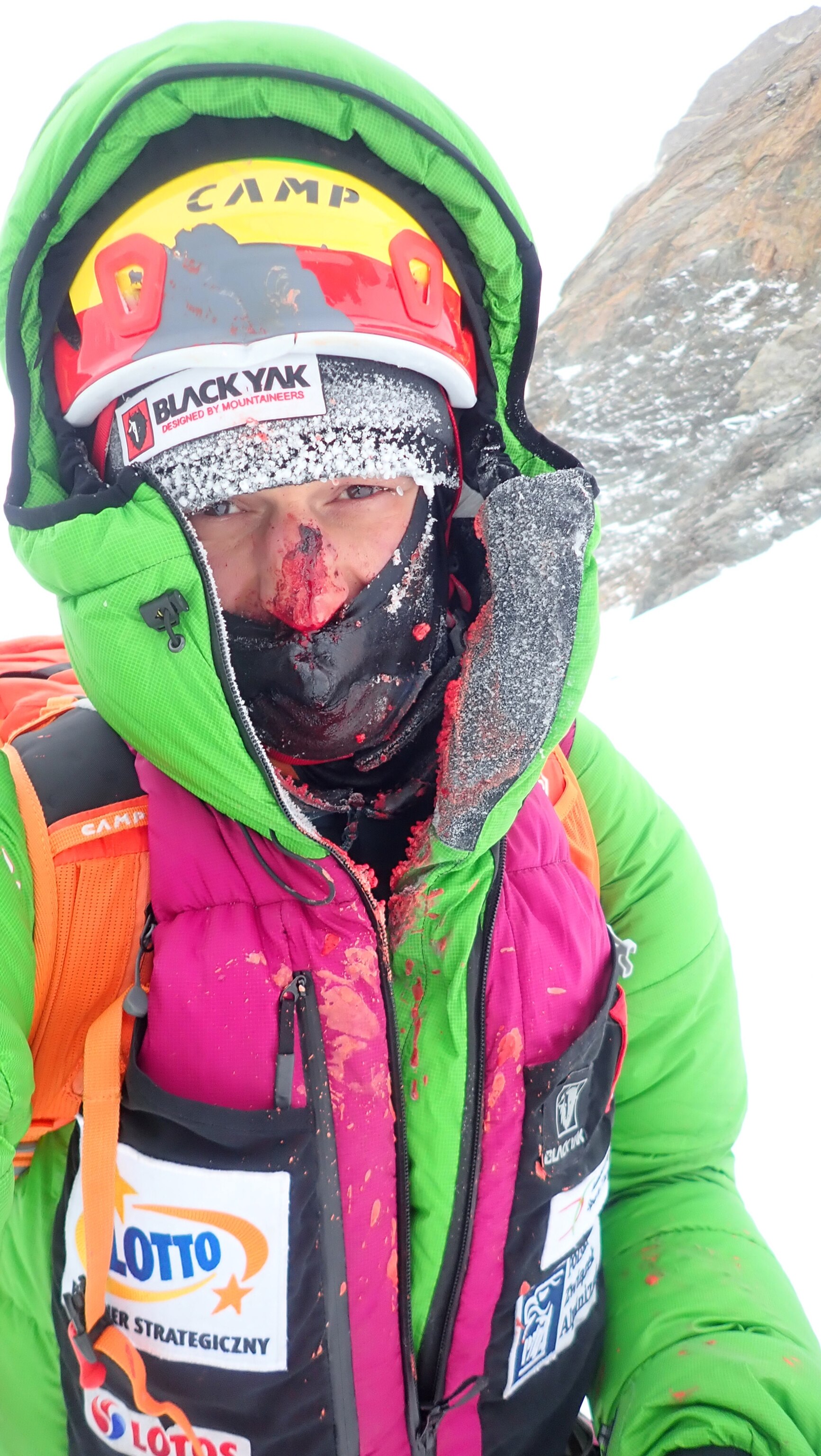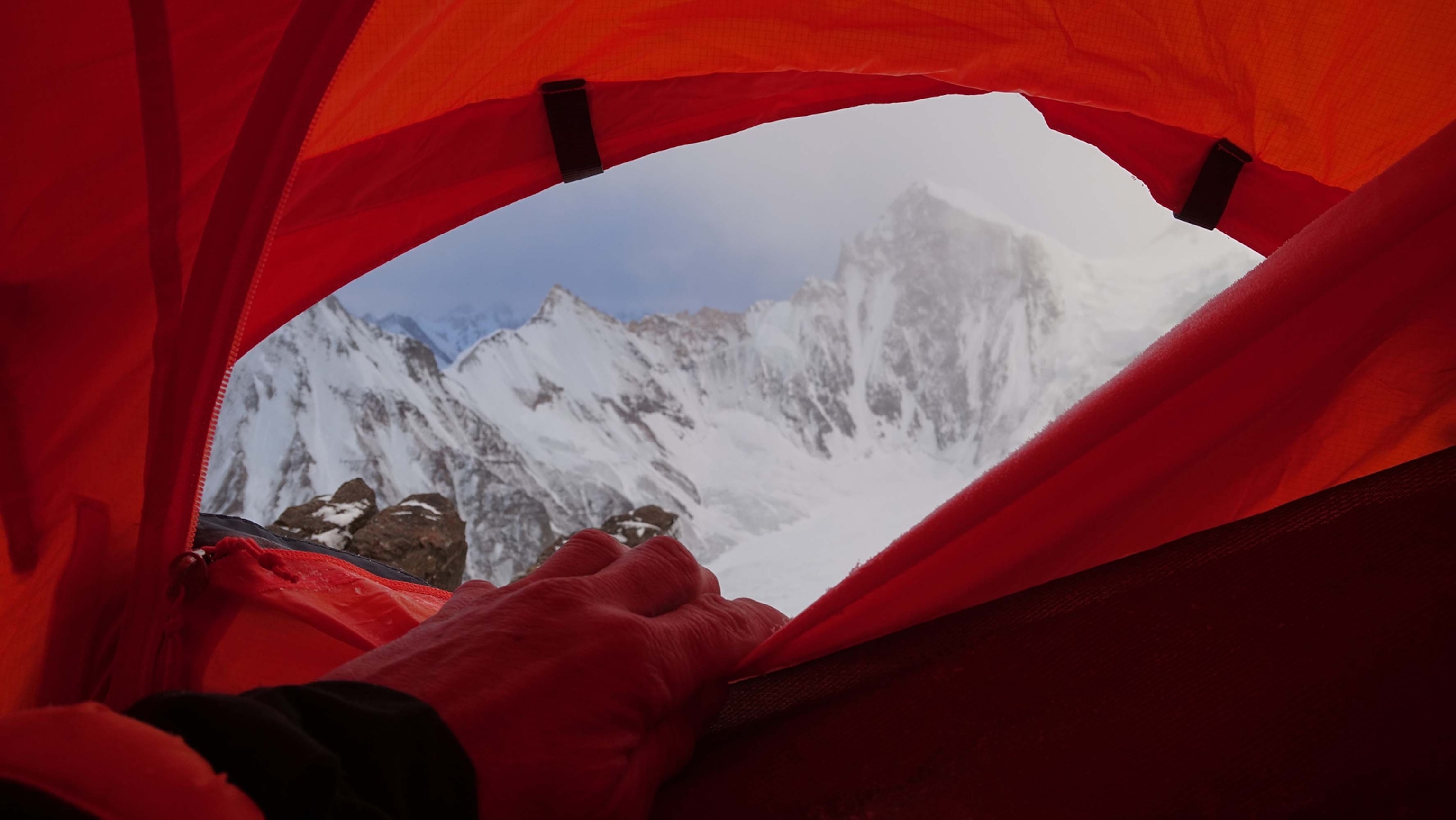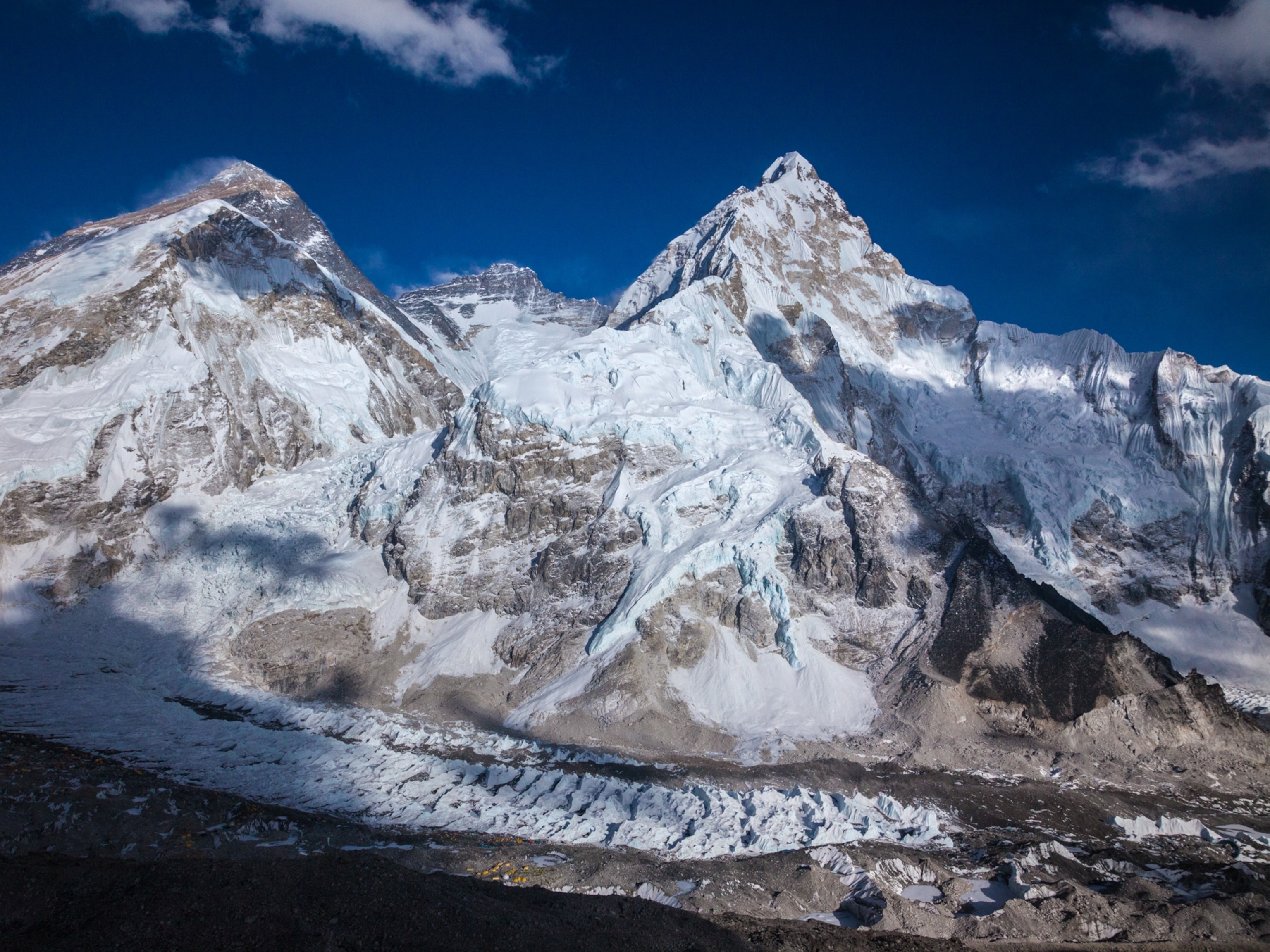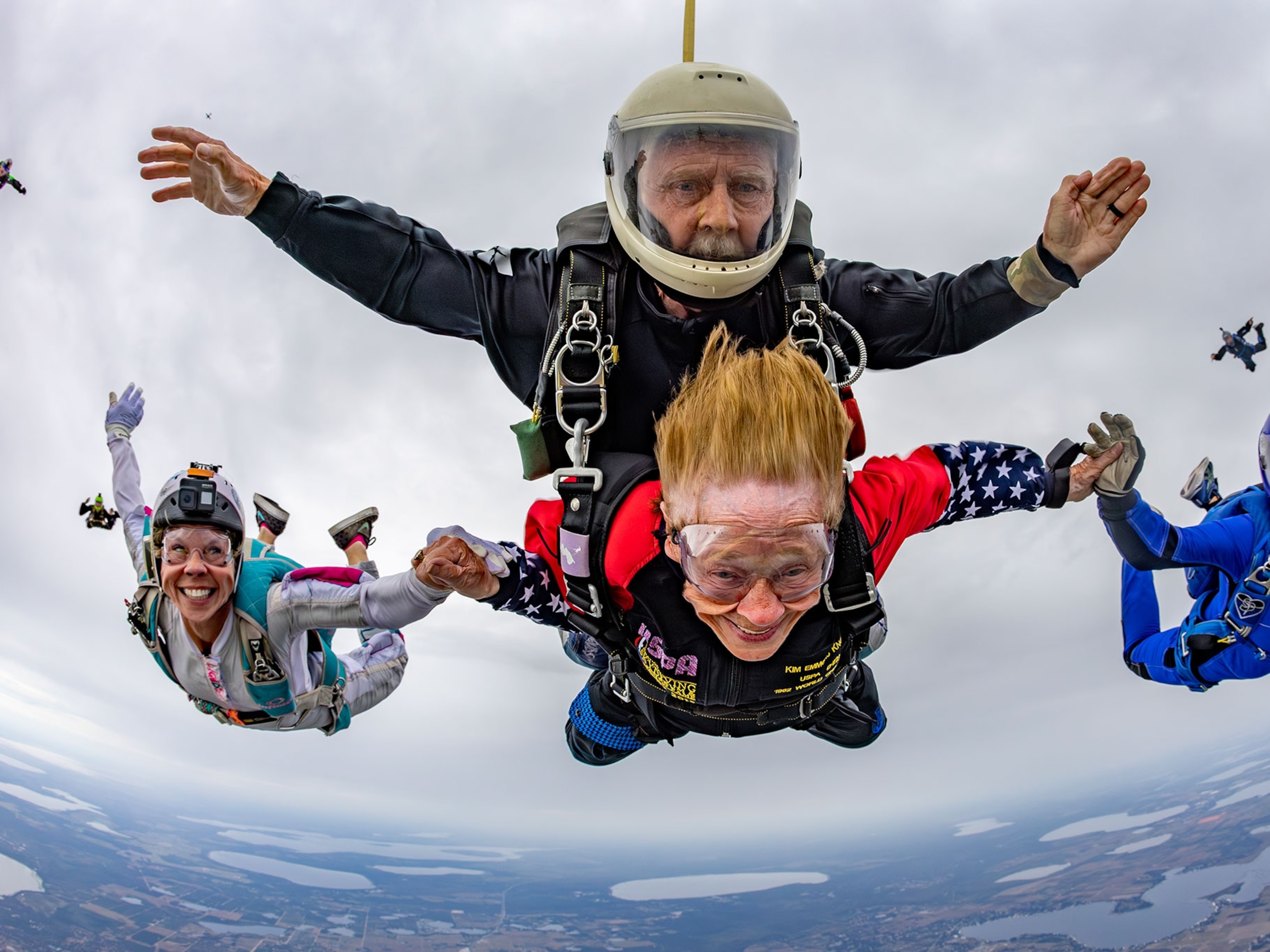Avalanche Danger Ends Polish K2 Expedition
The team attempting a first winter summit of the world’s second highest mountain has turned back.
After two months of subfreezing temperatures, gale-force winds, and dramatic twists, a team of elite Polish mountaineers is abandoning its historic attempt to summit K2 in winter. The week of March 5, 2018, expedition leader Krzysztof Wielicki officially declared the expedition to be over. His team began dismantling their base camp in a remote corner of northeast Pakistan, and the following Sunday they began their arduous 60-mile trek through the snowy Karakoram Range back to the closest road.
In the end, it wasn’t the threat of ferocious winds blowing the climbers off the mountain that spelled the end of their expedition but rather the threat of being buried under tons of snow.
I had been able to reach Wielicki by satellite phone as he was weighing his decision whether to continue the expedition. He explained that there had been more snow than on previous winter expeditions, which made the risks much higher. “Avalanches have swept away Camp 3 in the past, and we must be extremely careful.”
“There is still hope,” he said. “But if it doesn’t stop snowing, it will become impossible.”
It didn’t stop snowing.
The team recorded 80 inches of snowfall in the preceding eight days. Two team members were able to make it Advanced Base Camp at 5,200 meters (17,000 feet), only to find the tent crushed and the ropes leading up to Camp 1 buried.
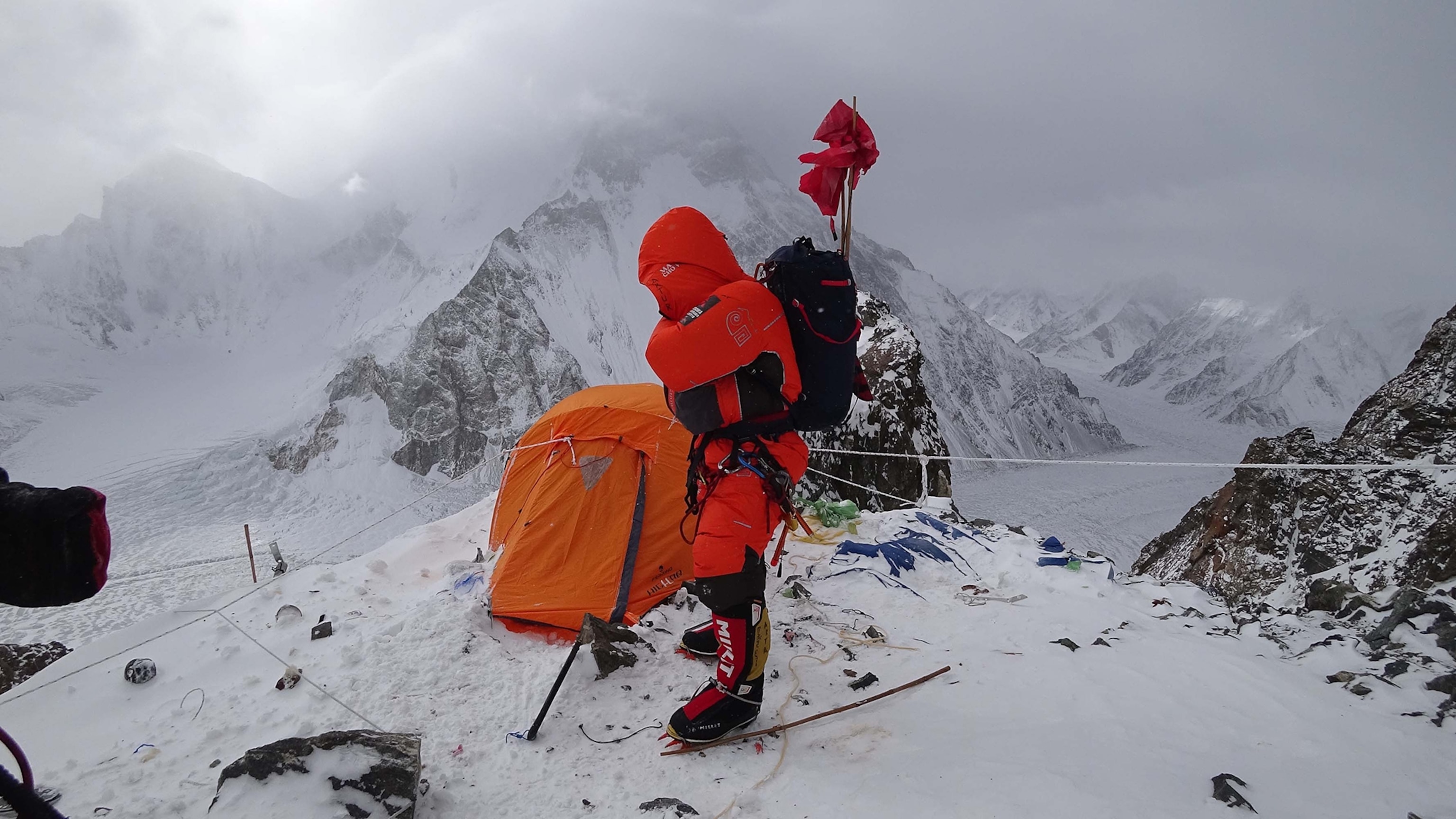
Packing Up, Trekking Out
When I called again, hoping to speak to Wielicki about his decision, the team doctor had insisted he take a rest day in his tent, after all the stress of the past 10 weeks.
Instead, I spoke to climber Marek Chmielarski. He said the team discussed the formidable challenges, including resetting fixed ropes and rebuilding the camps, all before the official end of winter on March 20. Finally, Wielicki decided to end the expedition.
“He did the right thing, of course,” said Chmielarski. “It is the safety of the team that matters most.”
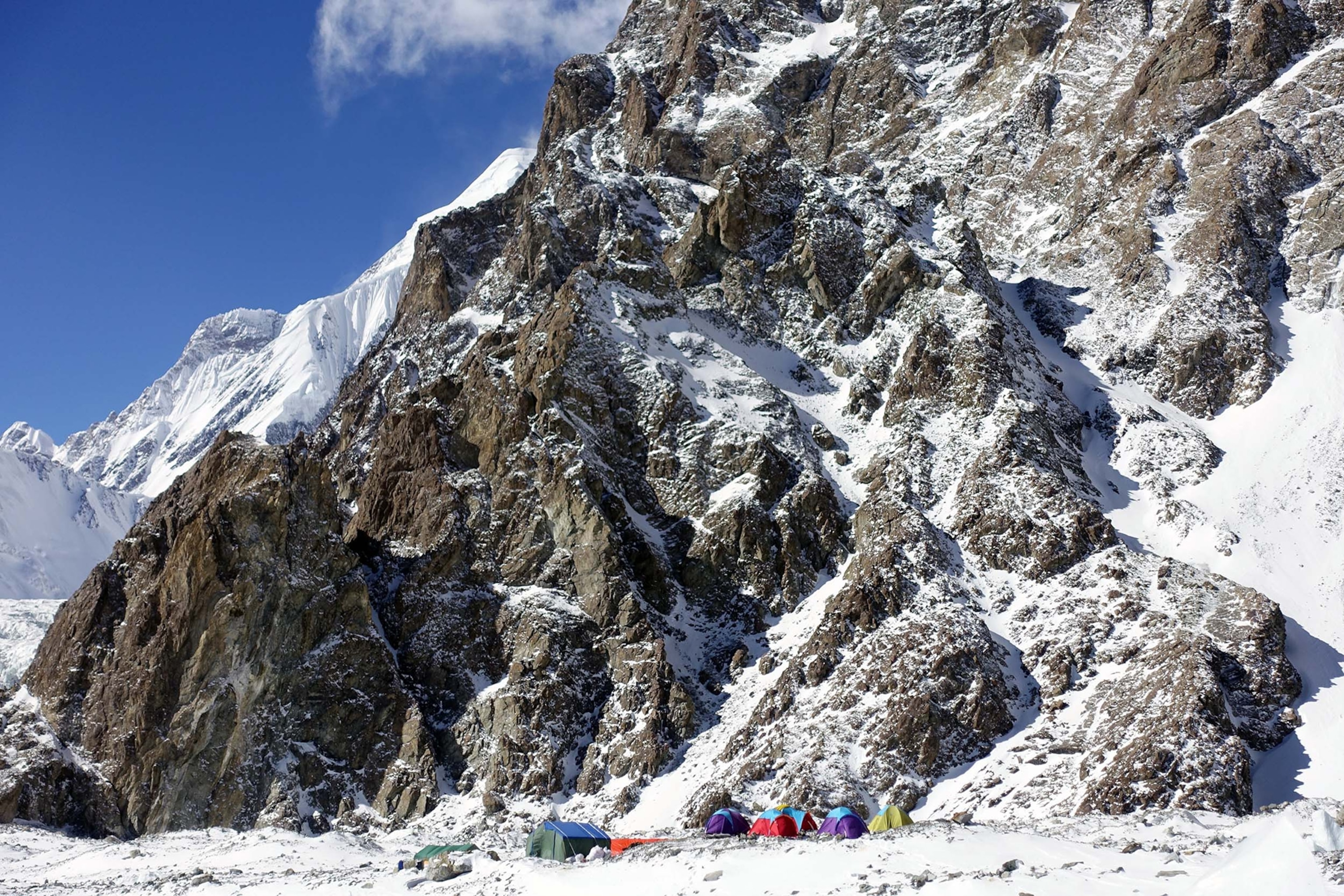
To Wielicki and his team’s credit, unlike so many other winter expeditions, no one has died on this climb.
The team radioed their support team in Skardu to send porters to help carry out their equipment from Base Camp. There is no road and in the harsh winter using pack animals is not an option. Chmielarski said they are hoping the porters will have packed a trail through the deep snow, smoothing their return. If more snow falls, the usual five-day trek from Base Camp could take much longer.
“It’s a bit painful, really,” he said, “the expedition is over but we still won’t be back home for another two weeks.”
“We are obviously disappointed, but I think we gave it a good effort,” said Chmielarski. He acknowledged that in hindsight there were things the team wished they would’ve done differently. “But that’s just solid information for the next expedition.”
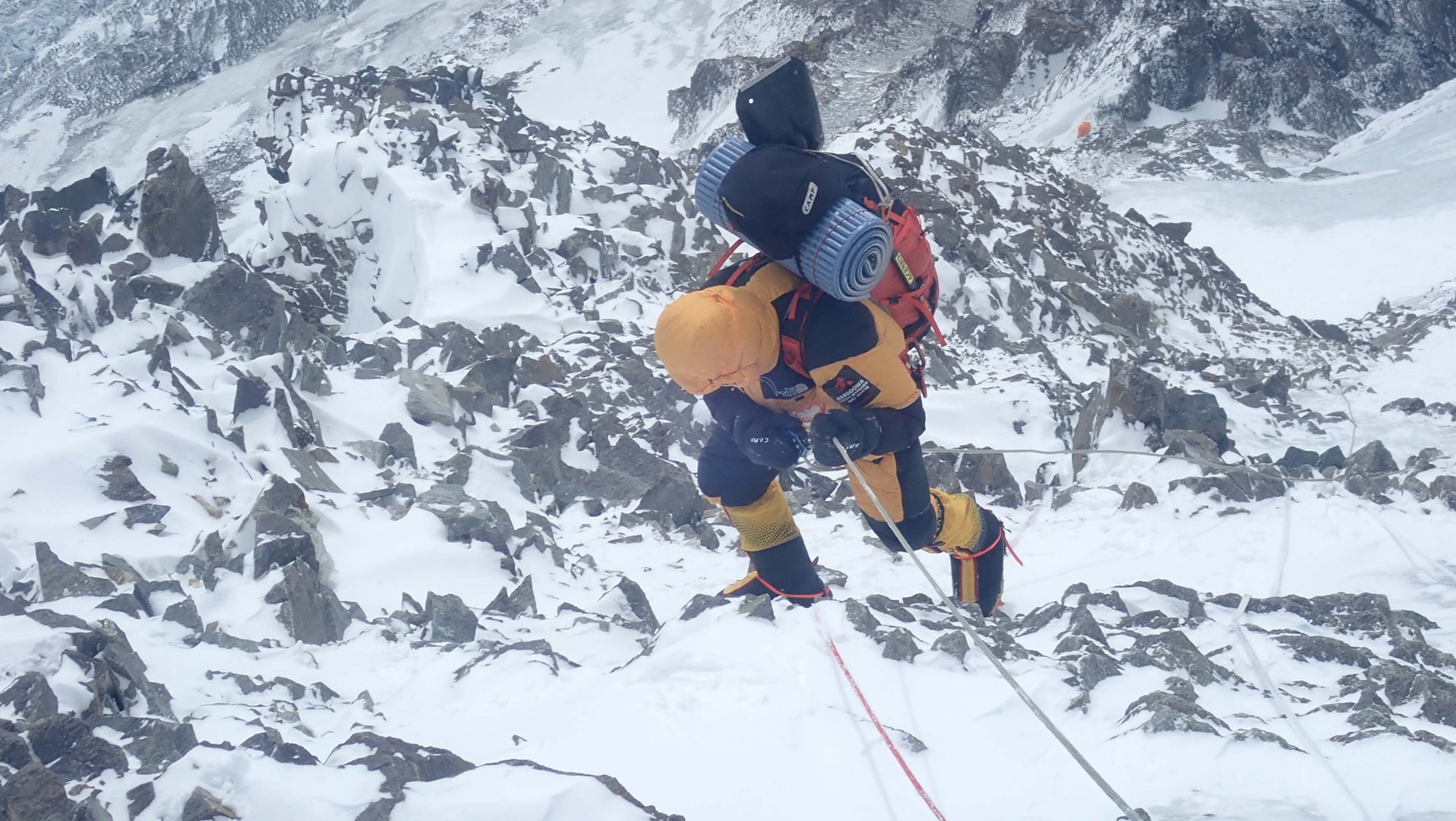
The Mountain Decides
One thing the team learned was that the Cesen Spur route, though steeper and shorter than the standard Abruzzi Ridge route, exposed the climbers to persistent rock fall. As they fixed ropes and established intermediate camps along the route, stones of various sizes pelted the climbers. A fist-sized rock hit Adam Bielecki in the face, gashing his forehead and breaking his nose. Rafal Fronia suffered a broken arm and had to be airlifted to a hospital in Skardu.
Ironically, it was a lack of snowfall early in the expedition that contributed to the rock fall. In January the conditions were drier, and there was little or no snow in several areas to help hold in place loose rock as the high winds swept over the peak.
On February 11, the team decided to switch to the longer Abruzzi Ridge route, but by that time they’d lost precious weeks. As they waited for breaks in the high winds, the snow began to fall, and fall, proving a truism of alpinism: the mountain always decides success or failure.
- National Geographic Expeditions
The Next Attempt?
Whether or not there will be a winter attempt on K2 next year remains to be seen. Communities of mountaineers around the world avidly followed the dramatic twists in the Polish expedition—their rescue attempt of stranded climbers on neighboring Nanga Parbat and later when Denis Urubko, the team’s strongest climber, broke away from the team to make a solo summit attempt. The interest their expedition stirred may entice other teams to mount expeditions next year, hoping to claim the last unclimbed 8,000-meter peak in winter.
Objectively speaking, the team didn’t get very close to summiting. They never established Camp 4, which would be needed to provide crucial shelter as climbers acclimatized to the uppermost reaches of the mountain and during a summit attempt. Urubko only made it to 7,600 meters (25,000 feet)— more than a half mile below the 8,611-meter summit—before turning back because of high avalanche danger.
This expedition marks only the fourth winter attempt on K2. Thirty-one teams made winter expeditions to Nanga Parbat before it was climbed in 2016, the last 8,000-meter peak summited in winter. Each attempt yields new information to inform the next team that decides to challenge the mountain.
“Our team is in good spirits,” said Chmielarski, “let’s hope we can get funding for next year and come back and finish the job!”
“Winter is coming,” he said with excitement, by which he meant winter 2018-19.
